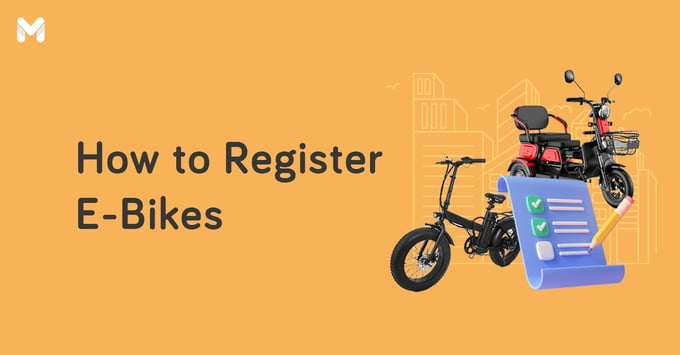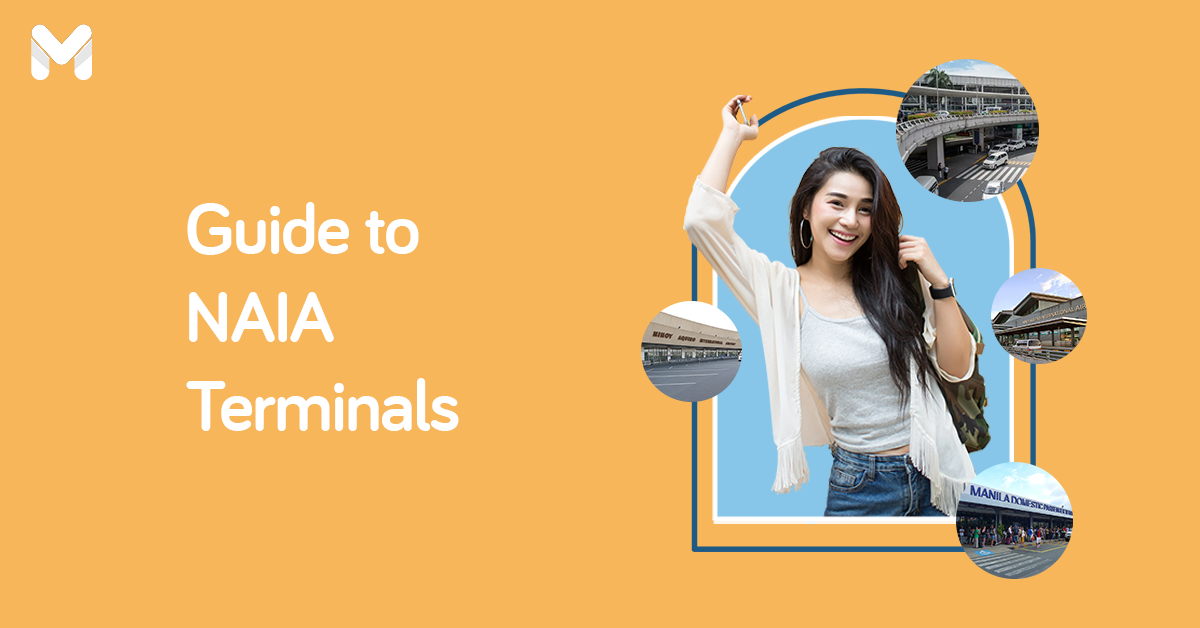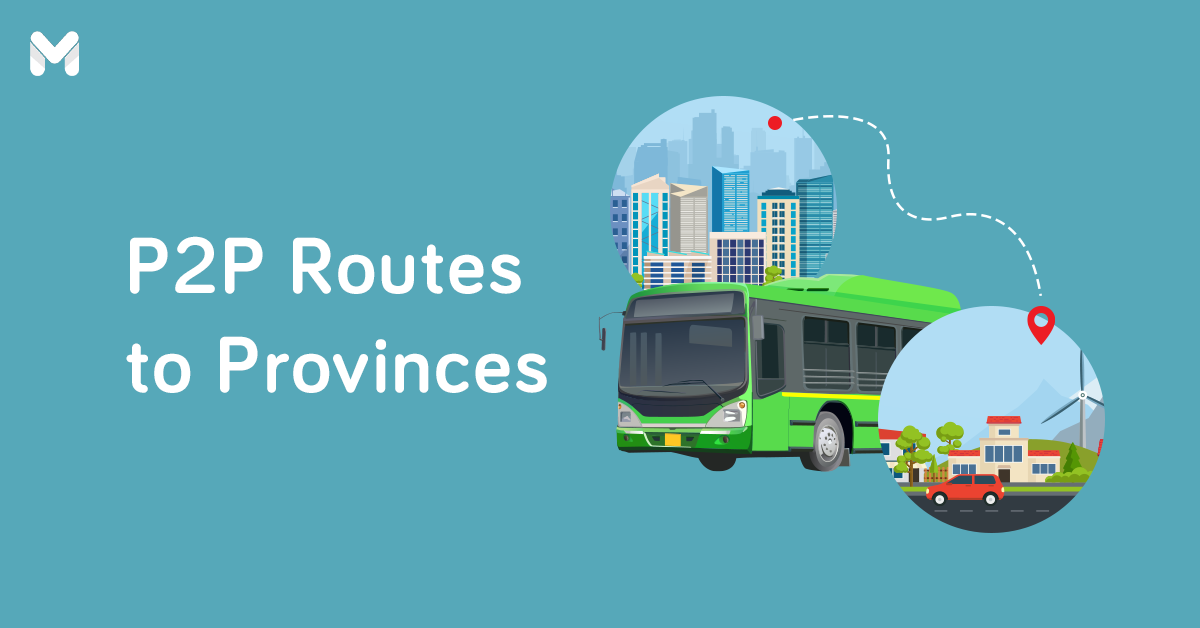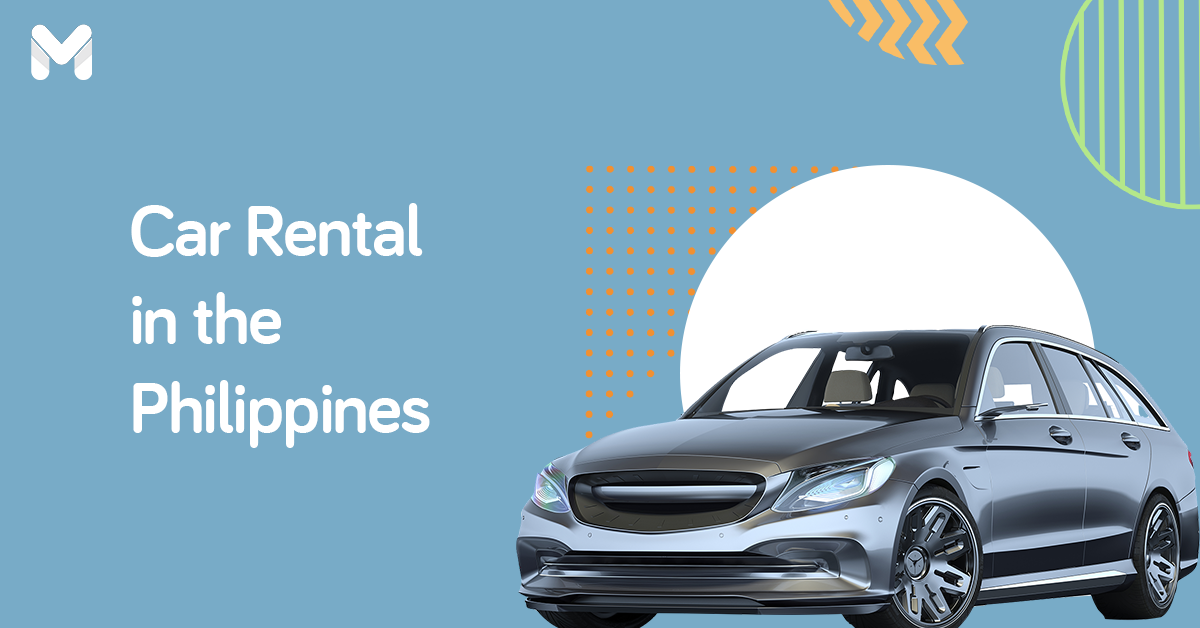More and more people are turning to electric motorcycles and scooters these days. You’ve probably seen them on the streets everywhere. No surprise, given the traffic and parking problems that motorists in the Philippines have to contend with every day.
E-bikes and e-scooters are great alternative modes of transportation. Compared to conventional motorcycles, these light electric vehicles are more economical, environment-friendly, and convenient.
If you’re planning to get this ride, you may be wondering if an e-bike license in the Philippines is required. Read this article to learn more.
Are E-Bikes in the Philippines Legal?
The sale of e-bikes and e-scooters is allowed, as attested by many different brands available in online and physical stores in the Philippines. However, these vehicles are subject to the rules and regulations of the Land Transportation Office (LTO).[1]
Is an E-Bike License in the Philippines Required?
Do you need a license to drive an electric bike? That will depend on the classification of your ride. Certain vehicles are mandated to have an e-bike license while some are not.
The government’s discretion to require an e-bike license in the Philippines is justified. In 2021, the Metro Manila Development Authority (MMDA) recorded more than 300 road crashes involving e-vehicles along major roads in Metro Manila.[2] The license requirement will ensure that only qualified vehicles and drivers are traversing the roads.
Read on to see if your e-bike requires a driver’s license and registration.
Electric Vehicles That Don’t Require Driver’s License and Registration
-Jun-23-2023-08-16-41-8683-AM.png?width=600&height=400&name=Pics%20for%20blog%20-%20600x400%20(1)-Jun-23-2023-08-16-41-8683-AM.png)
E-bikes in the Philippines that run on a basic engine and limited speed don’t require a driver’s license and registration with the authorities. However, these vehicles are subject to certain rules.
👉 Personal Mobility Scooters
These are scooters designed for short trips within your vicinity. The LTO limits the operation of these vehicles within private roads. This means they are subject to the existing internal regulations of said roads.
According to the LTO’s e-bike rules in the Philippines, you may operate your personal mobility scooter on walkways, pedestrian walkways, bicycle lanes, and other lanes designated by the authorities.
Riders are required to wear helmets similar to those designed for bicycle riders.
👉 Electric Kick Scooters
These are the scooters that you can operate standing up, although some variants have a seat. You’re allowed to drive an electric scooter only within barangay roads.
The LTO requires operators of these vehicles to wear helmets similar to those designed for motorcycle riders.
👉 Category L1a Electric Vehicles
E-bikes under this category are capable of running a maximum speed of 25 km/hr. If you own a vehicle of this type, you’re only allowed to drive within barangay roads. However, the LTO allows riders to cross national roads if the road they’re traversing is bisected by the former.
According to the LTO e-bike memorandum, category L1a electric vehicles are not meant for public transport.
You’re also required to wear a helmet similar to those designed for bicycle riders.
Electric Vehicles That Require Driver’s License and Registration
-Jun-23-2023-08-20-14-2056-AM.png?width=600&height=400&name=Pics%20for%20blog%20-%20600x400%20(2)-Jun-23-2023-08-20-14-2056-AM.png)
According to Administrative Order 2021-039 issued by the LTO, license and registration are required for e-bikes or e-vehicles that run over 50 kilometers per hour. These include the following:
👉 Category L2b Vehicles
These include vehicles that have a maximum speed of 26 to 50 km/h. You can drive beyond barangay roads to traverse local roads granted that you will occupy the outermost part of the road. On the other hand, you’re allowed to cross national roads and main thoroughfares only if these roads divide the road you’re driving on.
Remember that these e-bikes are not meant for public transportation purposes.
Also, the LTO e-bike memorandum requires riders to wear motorcycle helmets.
👉 Category L3 Electric Vehicles
Are e-bikes allowed on highways in the Philippines? Is an e-bike allowed on EDSA? If you have a Category L3 vehicle or an electric motorcycle in the Philippines, you’re allowed to use all types of roads except for highways where vehicle speeds are normally faster (except for units with higher power ratings whose minimum is set by the Department of Transportation).
You may use your L3 electric vehicle for public transport, but remember that it will be subject to existing road laws and regulations.
If you own an electric bike under this classification, you’re mandated to wear a prescribed motorcycle helmet.
👉 Category L4 and L5 Electric Vehicles
These include three-wheeled vehicles such as e-tricycles. Owners of these e-vehicles may be allowed to drive beyond barangay roads to cover local roads and tertiary national roads. E-bike law in the Philippines states that these vehicles are allowed to cross main thoroughfares and national roads if the road they’re traversing is divided by the former.
A helmet isn’t required.
👉 Category L6 and L7 Electric Vehicles
Last on this list of vehicles that require an e-bike license in the Philippines are e-quads.
You may drive beyond private and barangay roads to cover local roads and tertiary national roads. You can also cross national roads and main thoroughfares as long as these roads divide the road you’re driving on. On the other hand, these vehicles are prohibited from using limited-access highways.
You don’t need a helmet to operate these.
Read more: Know Your Rights as a Motorist at a Police Checkpoint
How to Register Your E-Bike with the LTO
If your e-bike falls under a classification that requires registration, here are the steps you need to take.
- Collate the following requirements:
- Certificate of Stock Reported (CSR) from your dealer
- PNP-HPG MV clearance
- Insurance Certificate of Cover (also known as TPL)
- Head to the nearest LTO District Office or Regional Office.
- Submit the documentary requirements to an evaluator for checking and recording.
- Wait to learn the fees you’ll need to pay.
- Pay the fees at the LTO cashier. Wait for the officer to issue your Official Receipt (OR) and Certificate of Registration (CR).
As explained earlier, you’ll need a license to operate certain kinds of electric vehicles. If you want to know how to apply for a driver’s license, read this comprehensive guide.
Are There Penalties for E-Bike-Related Violations?
-Jun-23-2023-08-22-08-7411-AM.png?width=600&height=400&name=Pics%20for%20blog%20-%20600x400%20(3)-Jun-23-2023-08-22-08-7411-AM.png)
According to the LTO e-bike memorandum, the following violations come with specific monetary penalties. Certain penalties under the Department of Transportation and Communication Joint Administrative Order No. 2014-01 (DOTC JAO 2014-01) also apply.[3]
- Unregistered vehicle or expired vehicle registration – ₱10,000
- Not wearing a helmet (applies to drivers, riders, and backriders) – ₱1,500
- Failure to carry your OR/CR – ₱1,000
- Operating in restricted roads – ₱1,000
Read more: MMDA Violation Code and Penalty Fee List for Motorists in Metro Manila
Final Thoughts
From running errands to fetching your kids from school, an e-bike definitely makes life easier. But you can’t use them as you please. You have to observe the LTO’s rules and regulations.
Depending on the type of your e-vehicle, you’ll also need to get a driver’s license and an e-bike license in the Philippines. Securing the required documents may feel like a hassle. But it will save you from legal troubles down the road.
Sources:
- [1] LTO Implementing Rules and Regulations
- [2] MMDA Eyes Tougher Rules on E-Bikes and E-Scooters (ABS-CBN News, 2022)
- [3] DOTC JAO 2014-01










